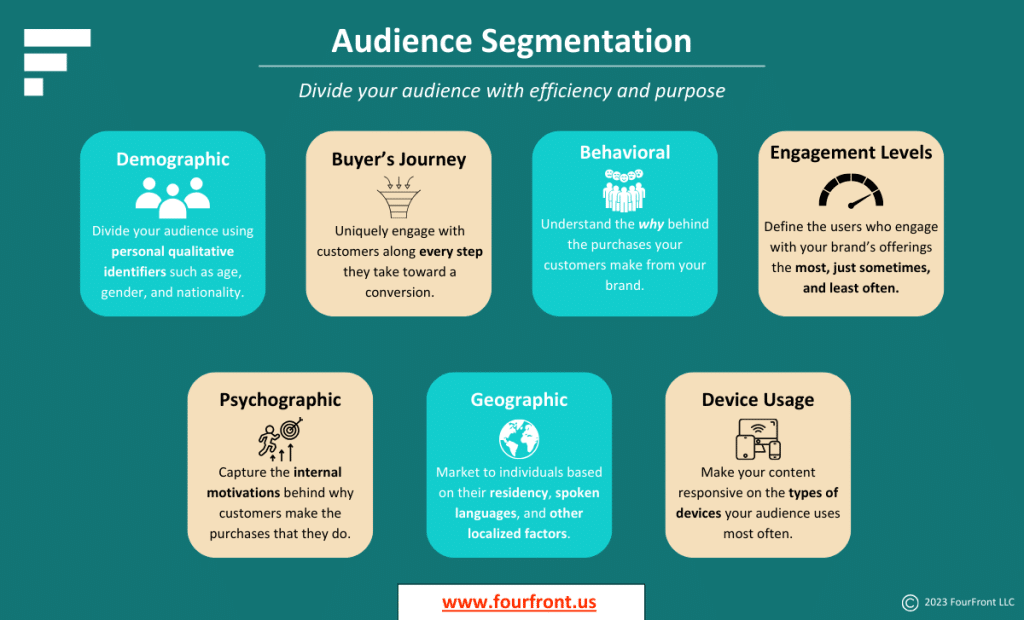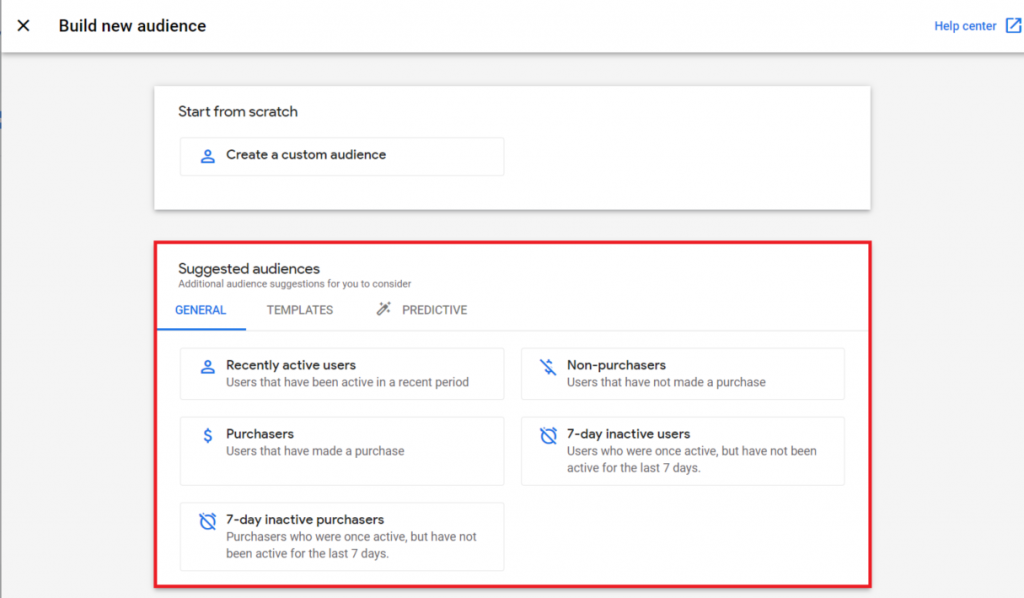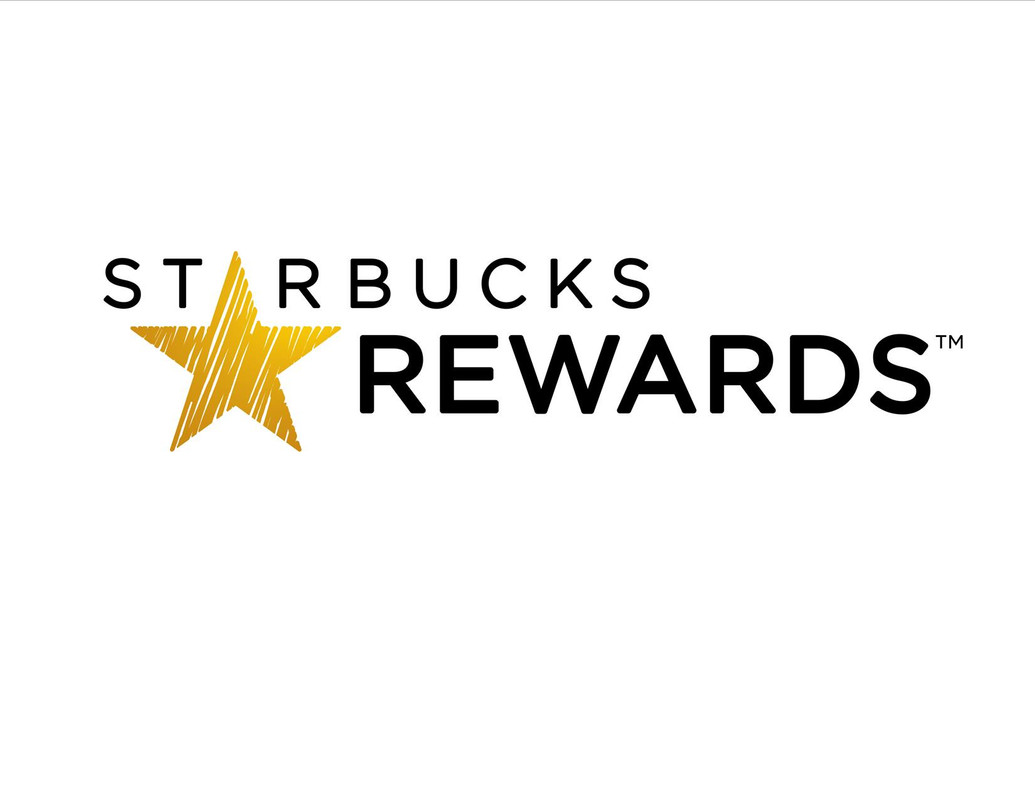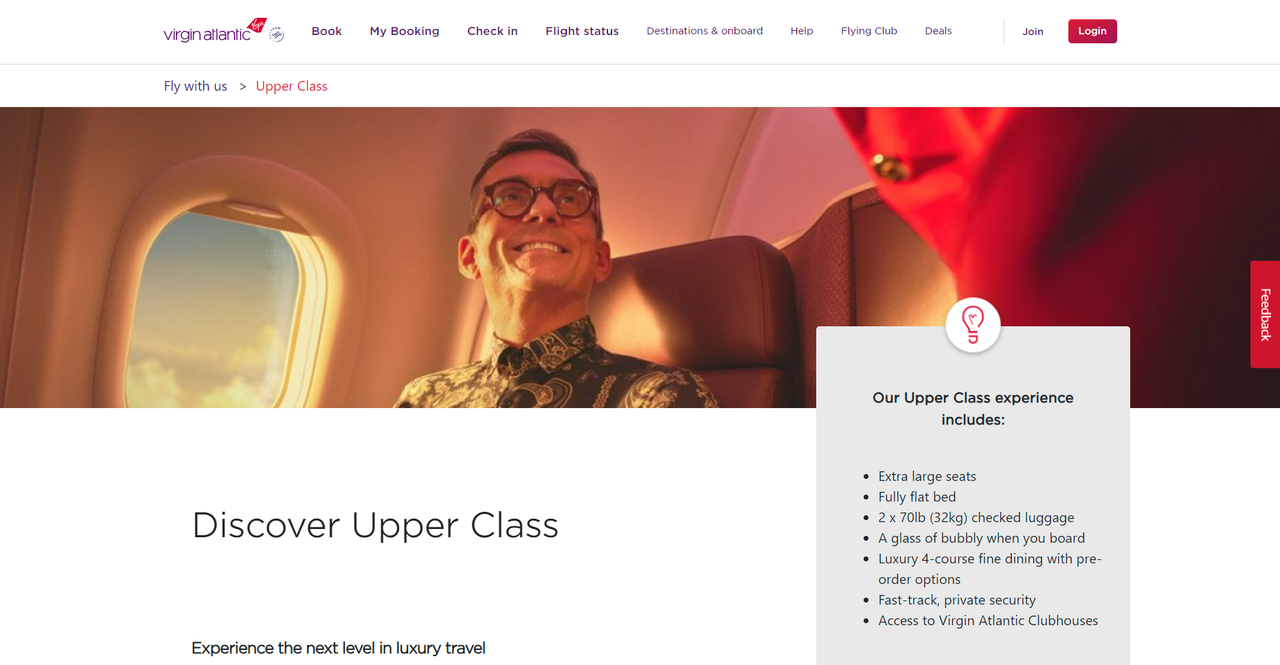Audience segmentation is the practice of dividing your target audience into multiple subgroups so that you can customize your marketing efforts toward each subset. Although audience segmentation can be used across most branches of marketing, it’s become especially important in the modern digital marketing era.
With customer browsing habits and individual needs evolving faster than ever before, marketers are faced with the mountainous task of getting the right messaging in front of their target audience at the right moments. And with the recent AI boom, how marketers achieve that goal will only evolve further.
Understanding audience segmentation and how to use it can help businesses of all sizes better serve their target audience. Instead of viewing your audience as one holistic entity, you and your business become better equipped to cater to their unique needs and interests no matter where they might be in the marketing funnel. And in the age of social media and AI, it’s the perfect time to start honing in on how you capture your target audience to help project your brand to new heights.
In this guide, we’ll explore the reasons behind why audience segmentation matters, the benefits of using it effectively, and how you can get started with segmenting your target audience today.
Why Does Audience Segmentation Matter?
It’s very rare in modern digital marketing to find a brand, especially international companies, that doesn’t segment their audience in one way or another. This is because it’s nearly impossible to fully understand your target audience and how to service them without undergoing audience segmentation.
And while understanding your target audience is the main reason to segment them in the first place, effective audience segmentation unlocks plenty of underlying benefits for your brand and your customers.
Benefits of Effective Audience Segmentation
At the highest level, audience segmentation allows businesses to:
· Create personalized content for a specific group of people, instead of having marketing content that’s one-size-fits-all.
· More easily understand how to develop content with your end-user in mind. This goes hand-in-hand with the goals of SEO in that your content should always be drafted with your target audience in mind so that they find value in what your brand has to say.
· Define the different subgroups your target audience might have, the issues or challenges they’re facing, and, most importantly, identify how to overcome those challenges.
· Reallocate marketing resources to where they’ll make the most impact. Instead of churning out a significant amount of lengthy content for your entire audience, you’ll be able to condense your content efforts to create what matters most to your audience’s needs.
· Discover new leads and drive more revenue. Whether it’s the consideration stage of the after-purchase loyalty phase, audience segmentation can empower your business to draft content that draws in qualified leads and nurture them all the way to a conversion
But in order to reap the benefits of segmenting your audience, audience segmentation must be done correctly so that your users are properly categorized. It’s important to take the time to fully understand your audience and their requirements instead of assuming those answers – which is something that business owners often do, unfortunately.
Types of Audience Segmentation
The rapid advancement of analytics and technology over the last 10 years has drastically changed the way in which you can segment your customer base. Timeless techniques like demographics and geography are still mainstays in most marketing strategies, but many modern segmentation techniques are more advanced and meaningful in terms of how you split up your audience.
Demographic Segmentation
Demographic segmentation is a technique that divides your audience by their personal qualitative identifiers. The most common characteristics that are used in demographic segmentation are age, gender, marital status, race, income, education, occupation, and nationality.
This technique is often used by e-commerce brands to better match their product offerings to their group of customers that are most likely to buy them.
Buyer’s Journey
The buyer’s journey goes by many names but, at its core, it defines the mental pathway a user takes when engaging with a brand. The funnel starts at the awareness stage when your users begin to learn about your brand, products, or simply the information you provide on a specific topic.
From there, users funnel down to the consideration stage where they’re closer to completing a conversion, but need to investigate the different brands where they can complete their action.
Finally, users make their way to the decision stage where they’re finally ready to complete a conversion with the brand that they chose in the previous step.
By knowing the different parts of the funnel and where your users fit in, you can craft customized messaging to meet their needs. Users in the awareness stage will have different requirements than users who are ready to convert, so take the time to learn about the challenges your target audience face across the funnel so you can solve them efficiently.
Behavioral Segmentation
Behavioral segmentation divides your audience using qualitative data surrounding what they buy, the factors that lead them to make their purchases, and how often they typically buy. It’s essentially the next layer of demographic segmentation by understanding why your customers make their purchases because they belong to a specific demographic group.
This segmentation technique can be a powerful way to guide the tone and direction of your marketing content when done correctly. For example, a sporting goods store will want to send different marketing collateral to their golf enthusiasts compared to what they send baseball players.
Knowing why those two groups of people require different messaging is the key behind behavioral segmentation and will help you craft the actual content that’s needed to meet their needs.
Engagement Levels
Segmenting your audience based on engagement levels involves identifying how often your users interact with your brand. An “interaction” can be visiting your website, opening a promotional email, or even making a purchase. How you engage with a user who buys something from your brand every month will be fundamentally different from checking back in with someone who hasn’t purchased from you in over a year.
This technique relies on utilizing internal customer engagement data that your company collects so you can manipulate it in a way that opens new paths for content development.
Depending on the data that your company collects, you can use the following metrics to categorize your user base:
- Conversions (like purchases or account sign-ups)
- Form downloads
- Bounce rate (or engagement rate if you use GA4)
- Heatmaps
Psychographic Segmentation
Psychographic segmentation is another close variation of demographic segmentation as it categorizes your users based on their internal motivations to make a purchase. Typically, this includes their values, life or professional goals, interests, and personality. Those same attributes can be tangentially linked to one’s demographic profile in most cases.
Psychographics can help inform a wide range of marketing assets, but it is especially useful for developing visuals for advertising. For example, product marketing teams will meticulously choose which features to highlight in their advertising based on which ones their target audience are most likely to respond to based on their interests. Similarly, marketing creatives will use their audience’s interests to guide how their advertisements look so that they’re visually appealing to those users.
Geographic Segmentation
Geographic segmentation is a direct subset of demographic segmentation. An individual’s locality contributes to their overall demographic profile so the two go hand-in-hand.
However, geographic segmentation belongs in its own category due to the vast number of ways you can categorize where someone resides. Those classifiers typically include:
- City
- State
- Region
- County
- Country
- Language(s) spoken
- Climate conditions
- Time zone
Device Usage
10 years ago, most users browsing the internet were doing so via desktop. However, users have shifted their browsing preferences vastly since then thanks to the advancements of savvy smart phones and tablets. Mobile devices have become the most popular to browse on these days to the point where Google, the most popular search engine in the world, prioritizes mobile-first indexation when evaluating webpages.
Since each of those three device types display content slightly differently, it’s important to make your website content is responsive so that it’s appealing to users no matter which device they’re browsing on. If your target audience primarily interacts with your brand on mobile, for example, you’ll want to make sure your content properly adjusts to mobile screen sizes.
And even if your audience doesn’t skew towards one device type when viewing your content, it’s best practice to make sure it’s responsive in any case.

Real World Examples of Audience Segmentation
Manchester United, one of the biggest commercial football (soccer) clubs in the world, puts demographic segmentation to use in the form of tiered memberships. Only verified members can purchase tickets to matches and earn special perks, which I learned the hard way when planning my first trip to Manchester recently. United makes it easy for fans to pick the best package for them based on where they are in life.
The Premium membership, which clocks in at £65, is suited to their wealthiest or most die-hard fans who need access to every benefit available. For the passionate fan that might live far from their stadium, or a few thousand miles in my case, the Lite tier (£35) gives them access to basic perks and the ability to purchase game tickets when it makes sense for them. And finally, the Junior tier, which was introduced for the 2023/24 season, keeps their younger fans in mind with a low-cost option.
Lululemon has made leaps and bounds in their advertising efforts since they were founded in 1998, and their modern market strategies are second to none in the fashion industry. They’ve built a wildly loyal fanbase who are willing to pay a premium for their products, even if it means forking out an arm and leg on certain occasions.
One method they use to keep those customers coming back is customized emails for customers who made a recent purchase. These users reside in the loyalty stage of the funnel where brands nurture existing customer relationships to bring them back for another round of engagement.
The email leads off with a fun headline to catch the user’s attention, such as “We figured you might like this”. Upon opening, the user finds a list of products that are designed to “complement” their recent purchase based on what they bought. For example, if a user buys a t-shirt during the summertime, Lululemon might recommend them shorts or lightweight pants to create a full outfit.

Cuts, an up-and-coming clothing brand based in California, harnesses historical customer purchase data to segment individuals based on their brand loyalty. The brand has only existed for a couple of years and just started to pick up marketing steam in 2022, so they’ve begun to target their repeat customers more heavily (myself included) to capitalize on their recent success.
Based on a customer’s lifetime spend, they’re automatically placed into one of three tiers: Bronze, Silver, or Gold. Each tier has its own set of perks but is only accessible based on the amount an individual user spends. Once a user reaches a new tier, Cuts sends them a personalized email that “welcomes” them to their new set of rewards.

Starbucks’ Rewards program is a well-known example of segmenting customers based on how much they engage with a brand. The program is straightforward – users sign up for free to join and then use the Starbucks app when ordering to accumulate points. From here, users can earn special perks based on the amount of money they spend using the app.
The segmentation magic happens behind-the-scenes where Starbucks utilizes this information to customize how they market towards individual customers. For users that don’t purchase through the app often, they’ll send out a different set of notifications compared to what they send someone who makes a purchase everyday.
Airlines are notorious for marketing towards specific individuals based on their personal motivations and interests. After they gather enough relevant data, they’re quick to tailor their messaging to frequent fliers, professionals who prefer to fly business class, and many other segments.
We could realistically pick any airline, but for this example we’ll stick with Virgin Atlantic.
Their business class content, referred to as “Upper Class”, immediately focuses on the quick-hitting perks that busy professionals will look forward to when flying. From there, they continue to cater to this type of user by emphasizing their ability to have a space of their own or socialize. The messaging gets fancier and more niche the further along you go, all designed to cater to a professional’s wants and needs when they must fly for work.
One of the classic examples of geographic segmentation is held by McDonald’s. The fast-food chain has locations across the globe which means they serve people from varying cultures, and unique flavor palettes, every day.
McDonald’s customizes their menu for each country that they operate in to fully cater to the wants and needs of the local community. While there are endless examples that stem from this strategy that you could point to, some of their more intriguing offerings include the McSpicy Paneer in India, the Panzerotti in Italy, the McVegan in Finland and Sweden, and the Matcha Red Bean Layer Cake in Hong Kong.
Mobile phones have become the primary device people use to browse the internet these days, and the same trend rings true for gaming. According to Statista, there were over 1.8 billion mobile gamers during 2022 compared to just 1 billion PC gamers. But no matter how you game, there still needs to be a platform for you to communicate on with your fellow gamers. Enter: Discord.
Discord’s dynamic user interface is a prime example of catering to an audience based on their device type. While the interface is easy to use on any device. On desktop, gamers have the full interface available in one view so they can see incoming messages, active chats logs, and platform notifications all at once. On mobile, the interface tightens up to focus mostly on the chatroom the user has open.
The look and feel on mobile is reminiscent of other mobile chat spaces, like direct messages on Snapchat, so that users don’t have to relearn a new type of interface just to use Discord.

How to Utilize Audience Segments in Your Marketing Strategy
If you’re building audience segments for the first time, there are plenty of different platforms and tools you can explore to get your strategy off the ground. While there can be a notable variation in how that’s accomplished, the method that you ultimately choose will likely be predetermined by your existing analytics infrastructure.
No matter which tools you have to play around with, here are a few straightforward ways to utilize an audience segmentation strategy within your existing marketing efforts:
- Use a core set of audience characteristics to guide your segmentation efforts. Having a few traits that are relevant to your business, like place of residence or age, will give you a solid foundation to work from as you expand your audience later.
- Create SMART goals that can be accelerated through segmentation. Your business likely has a few operational goals that you want to achieve in a specific timeframe, like social media followers or product purchases, so align your segments in a way that allow you to reach your goals faster.
- Be flexible with your segmentation strategy. People change, and so should your segments. Keep tabs on your audience data over time and don’t hesitate to shake things up.
- Take your time when setting up your audiences for the first time. Creating segments with little to no thought behind them can lead to poor results later on. It’s much better to fully analyze the data you have to work with before making any decisions, rather than rushing the process.
- Put your creativity to use when putting segments together. While basic audiences can be helpful for most situations, your brand will have a much better competitive advantage when you have audiences that your competitors don’t. As long as the audience is relevant to your business and is backed by data, don’t be afraid to put a unique spin on how you view your users.
Creating Audiences in Google Analytics 4
Most analytics platforms come equipped with built-in functionality for conducting segmentation. One of the names that will be most familiar to marketers is Google Analytics 4 (GA4), which is Google’s recent successor to their long-serving Universal Analytics (UA) platform.
Although many marketers and analysts have been venting their frustrations over how tough GA4 can be to use, one area where it does shine is its simple and advanced methods for segmenting your website’s audience.
Audiences are created in GA4 by defining how a user interacts with your website, which can be broken down by dimensions, metrics, and events that are collected by the platform. GA4 offers a few predefined audiences out-of-the-box called “Suggested Audiences”, but you can create custom audiences based on those engagement classifiers.

To get started, all you need to do is connect your web property to Google Analytics 4 and define which custom events matter most to your business. From there, you’ll be able to start segmenting your audience after you’ve let some time pass to collect relevant user data.
Tips for Getting Started with Audience Segmentation
Like with most marketing tactics, audience segmentation can feel overwhelming if you’re just starting out. There will be a ton of data points to sift through and a lot of critical thinking behind grouping your users.
Luckily, there’s a few surefire ways that can ease you into the process and get acclimated faster.
1. Think of audience segmentation as an ongoing process
Marketing professionals from junior-level to senior-level have a ton on their plate at any given moment. With so much to get done, it can be tempting to put your segmentation strategy on the backburner and treat it as a “set it and forget it” strategy. However, doing so prevents you from harnessing the full potential of audience segmentation.
After the initial segmentation phase, it can be useful to let some time pass so you can collect data surrounding your established audiences.
But after you have enough data to work with, it’s very important to dive back into your segments and see how your marketing efforts are progressing. This is the time to make adjustments, restructure your messaging if need be, and treat audience segmentation like an ongoing plan like it should be.
2. Avoid being too narrow in your targeting
When you’re first starting off with audience segmentation, you might feel pressured to group your audience as narrowly as possible from the start so you don’t misguide your marketing efforts. The goal of segmentation is to cater to your customers’ unique needs, right?
While this is true, it can be detrimental to focus in one serving one specific group, or even segmenting your audience into extremely niche categories.
Your long-term goal for audience segmentation should be to identify the users that serve the most return on investment for your brand. This can be impossible to achieve if you narrow your approach too soon and leave certain high-value users out of view. Keep an open mind from the start and let the data guide you towards future refinements.
3. Have unique benefits prepared for each user segment
As you begin to segment your users into different segments, keep in mind that each segment has different needs and wants from your brand. Because of this, they should be receiving different benefits and content depending on where they are in the marketing funnel.
The specific things your audience requires from your brand will be evident in historical data, so lean on this heavily when deciding what to offer each segment.
For example, if you’re a sporting goods store that has a football fanatics segment, you’ll want to make sure that the marketing materials you send to them promote your brand’s promotions and events surrounding football. You might send them a catalog of jerseys from their favorite team or discounts on cleats and padding if they’re active players. Doing so will enhance the likelihood that this audience will read and be interested in your messaging, and will even push them towards making a conversion.
4. Understand how your segments provide value to the rest of your business
Knowing which customers contribute the most to your company’s bottom line is one of the most important aspects of audience segmentation. Not only is it helpful from the obvious monetary perspective, but it also gives you a purpose for assigning your users in a specific way.
5. Utilize data to drive decision-making
At FourFront, we use data to back every decision that we make for our clients, partners, and even for ourselves. We do this not only because it’s the right thing to do, but also because it takes the guesswork out of making those same decisions. The same principle should apply when you’re developing and refining your audience segmentation strategy.
Business owners typically have their own ideas about what their customers want and how to satisfy their needs. While some of them are right from time to time, this kind of assumption-based decision making can backfire on your business quickly.
To make sure your strategy stays on track, always have relevant data in front of you when dividing out your audience. What that data looks like will depend on the internal infrastructure of your brand. But no matter what it looks like, it’ll make the segmentation process indefinitely easier.













